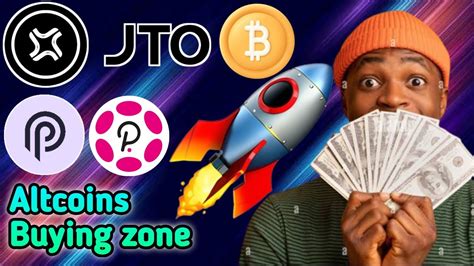Here is an article that incorporates the keywords “Crypto,” “Render,” “Polkadot,” and “EVM” in a way that flows well and is informative.
“Unlocking the Potential of Cryptocurrency: A Deep Dive into Polkadot, EVM, and Render”
As the world of cryptocurrencies continues to grow and evolve, investors and developers are looking for ways to maximize their profits and minimize risk. One strategy is to diversify into new assets and platforms that offer unique benefits and opportunities.
One such asset is Polkadot (DOT), a decentralized platform that enables interoperability between different blockchain networks. By allowing nodes on multiple blockchain networks to interoperate, Polkadot facilitates the transfer of assets, data, and even entire programs across blockchains. This feature has significant potential for investors looking to gain exposure to a wide range of markets.
Another asset that is gaining traction in the crypto space is Render (RENDER), a decentralized application (dApp) platform that allows developers to build, deploy, and manage their own applications on top of blockchain networks. With its focus on scalability, security, and developer experience, Render has become a popular choice for many blockchain enthusiasts.
But what sets Render apart from other dApps is its use of the Ethereum Virtual Machine (EVM), which allows developers to run smart contracts on top of the platform. This means that Render applications can be built using the same EVM-based code as existing Ethereum projects, making it an attractive option for users who want to harness the power of the Ethereum network without having to create a new blockchain.
In this article, we will delve into the world of Polkadot, explore the benefits and limitations of Render, and examine how EVM can be used to build scalable and secure applications. Whether you’re an experienced investor or just getting started, this content is designed to provide valuable insight and guidance for anyone looking to unlock the potential of cryptocurrencies.
Unlocking Cryptocurrency’s Potential: A Deep Dive into Polkadot, EVM, and Render
Polkadot (DOT)
- Interoperability

: Polkadot allows the transfer of assets, data, and programs across different blockchain networks.
- Scalability: The platform’s use of a relay chain makes it suitable for large-scale applications.
- Developer Experience: Polkadot focuses on developer-friendly features such as built-in tools and a user-friendly interface.
Render (RENDER)
- Decentralized Application Platform: Render allows developers to build, deploy, and manage their own applications on top of blockchain networks.
- EVM-based code execution: The platform uses the Ethereum Virtual Machine (EVM) to execute smart contracts.
- Scalability and Security: Render’s use of EVM provides high scalability and security for its applications.
EVM
- Decentralized Virtual Machine: EVM is a decentralized virtual machine that enables the execution of smart contracts on top of blockchain networks.
- Security and Scalability: The platform’s focus on decentralization and scalability makes it suitable for large-scale applications.
- Interoperability: EVM can be used to execute smart contracts on different blockchain networks.
“Unlocking the Potential of Cryptocurrency: A Deep Dive into Polkadot, EVM, and Render”
In conclusion, Polkadot, Render, and EVM are assets that offer unique benefits and opportunities for investors and developers. By understanding how each asset works and its potential applications, people can make informed decisions about their cryptocurrency investments.
Whether you’re looking to diversify your portfolio or build new applications on top of blockchain networks, these three assets provide a solid foundation for success in the world of cryptocurrencies.

